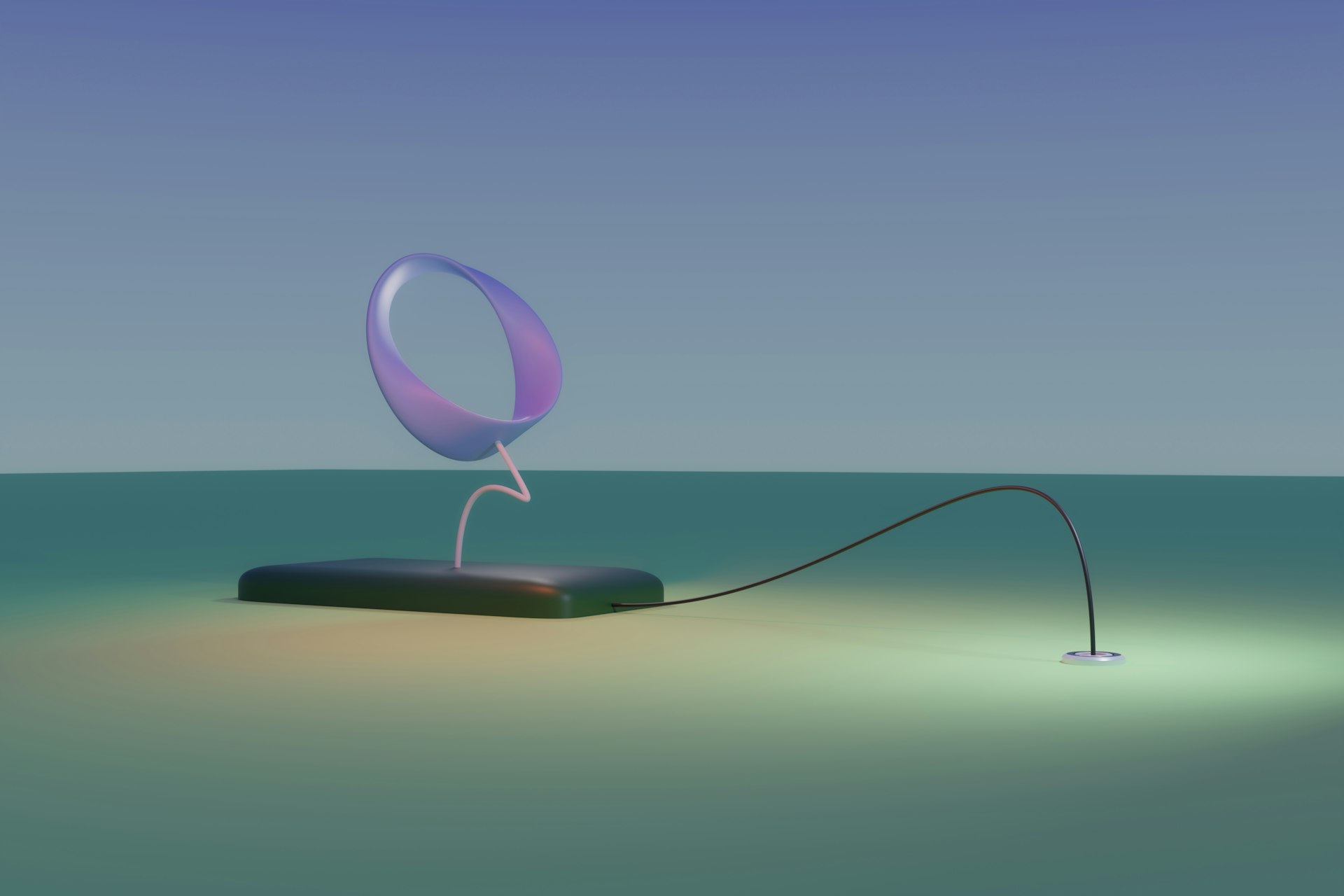How Light Travels Through a Vacuum: Essential Physics Explained

Photo by Steve Johnson on Unsplash
Understanding Light and Its Unique Properties
Light is one of the most fascinating elements in our universe. Unlike many other forms of energy transfer, such as sound, which requires a medium like air or water to move, light does not need any material substance to propagate. This property is crucial to understanding not just the basics of physics, but also the workings of our entire universe. Light, as we experience it, is a form of electromagnetic radiation . This means it is made up of oscillating electric and magnetic fields that can travel independently of matter [3] .
Can Light Travel Through a Vacuum?
The direct answer is: yes, light can travel through a vacuum . In fact, light travels at its maximum speed when in a vacuum, because there are no particles to slow it down or scatter it. The vacuum of space-the vast emptiness between stars and planets-is a perfect stage for this phenomenon. Light moves through this emptiness at a constant speed of approximately 299,792 kilometers per second (about 186,282 miles per second), a value so fundamental that it forms the basis for modern definitions of distance and time [3] .

Photo by Aryan Kalia on Unsplash
The Science Behind Light’s Propagation
To understand how light can travel without a medium, it’s important to grasp its dual nature. In classical physics, light is described as a wave-specifically, an electromagnetic wave. Maxwell’s equations, which form the foundation of electromagnetism, predict that electromagnetic waves can propagate through a vacuum. These equations show that the speed at which light travels in a vacuum is determined by two fundamental physical constants: the electric constant (ε
0
) and the magnetic constant (μ
0
). The relationship is expressed mathematically as:
( c = frac{1}{sqrt{varepsilon_0 mu_0}} )
Modern physics further expands on this understanding. In quantum electrodynamics (QED), light is made up of particles called photons . These photons have zero rest mass, which allows them to move at the speed of light in a vacuum [3] .
Real-World Examples and Applications
The ability of light to travel through a vacuum is not simply an abstract concept-it’s the foundation for many everyday technologies and scientific discoveries:
1. Space Exploration and Astronomy: Telescopes, whether based on Earth or in space, rely on the fact that light from stars, planets, and distant galaxies can traverse the vacuum of space to reach us. The images and data we receive from telescopes like the James Webb Space Telescope are only possible because of this property [1] .
2. Satellite Communications: Satellites use electromagnetic signals-including visible and radio waves-to communicate across the vacuum of space. This enables everything from GPS navigation to satellite television [2] .
3. Solar Energy: Sunlight travels through the vacuum of space to reach Earth, providing energy that sustains life and powers solar panels worldwide. Without the ability of light to travel through a vacuum, life as we know it would not exist [3] .
Step-by-Step: How Light Travels Through a Vacuum
- Emission: Light is generated by a source (such as the sun, a star, or a flashlight) through processes like nuclear fusion or electron transitions.
- Propagation: The light leaves the source and travels outward in all directions, propagating as waves of oscillating electric and magnetic fields.
- Unimpeded Travel: In a vacuum, there are no air molecules, dust, or other particles to interact with the light, so it moves in a straight line at its highest possible speed.
- Reception: When light encounters an object (such as a planet, a camera sensor, or your eye), it may be absorbed, reflected, or transmitted, allowing us to receive information about the universe.
Challenges and Misconceptions
Some people mistakenly believe that all waves need a medium to travel. This is true for sound and water waves, but not for electromagnetic waves like light. The notion that space is empty and “nothing can travel through nothing” is a common misconception addressed by both basic physics education and advanced research.
Another challenge is understanding why the speed of light is constant in a vacuum but can slow down in other media, such as water or glass. When light enters a medium, it interacts with the atoms, which causes it to scatter and, effectively, to travel more slowly. In a vacuum, these interactions do not occur, so light continues at its maximum speed [3] .
Alternative Approaches and Advanced Concepts
Researchers have explored whether anything can travel faster than light. According to the special theory of relativity, only massless particles like photons can reach the speed of light in a vacuum. Any particle with mass would require infinite energy to reach this speed, making it impossible according to current physical laws [2] .
There are exotic theoretical scenarios, such as the Scharnhorst effect, where light may travel slightly faster than its usual speed under certain quantum conditions (like between two closely spaced metal plates), but these effects are extremely tiny and have not been experimentally confirmed [2] .
Practical Guidance for Exploring Light in a Vacuum
For students, educators, and enthusiasts interested in exploring this concept further, consider these practical steps:
- Conduct simple experiments with light in air and in transparent media to observe changes in speed and direction (refraction).
- Use online simulations or educational platforms to visualize how electromagnetic waves travel through different environments.
- Visit a science museum or planetarium to see demonstrations of light’s behavior and learn about its role in astronomy.
- For advanced learners, explore university-level physics courses or open-access resources on electromagnetic theory and quantum mechanics.
If you want to learn more about the physics of light, you can search for credible resources such as NASA’s official website, university science departments, or established educational platforms. For hands-on activities, check with your local science center or search online for “light wave experiments” or “vacuum physics demonstrations.” Official university and government science agencies often provide free educational materials.
Key Takeaways
Light’s ability to travel through a vacuum is a cornerstone of modern science and technology. This property enables us to receive sunlight, explore the universe, communicate across the globe, and much more. While scientific understanding continues to evolve, the principle that light does not require a medium remains one of the most well-established facts in physics.
References
[1] NASA (2023). About the James Webb Space Telescope. [2] NASA (2022). What Is a Communication Satellite? [3] Wikipedia (2025). Speed of light – detailed scientific overview and current measurements.
MORE FROM jobsmatch4u.com













